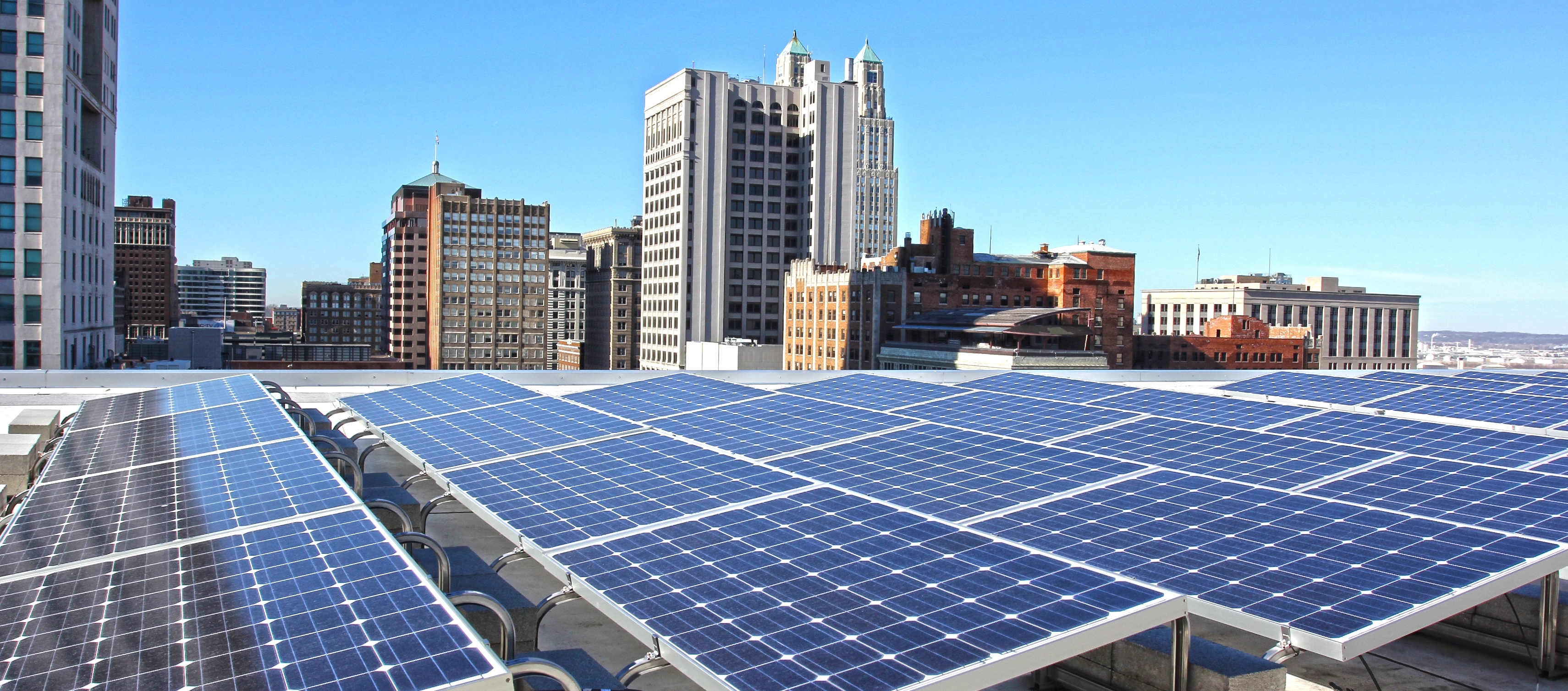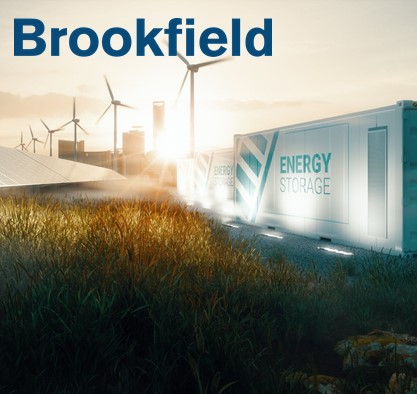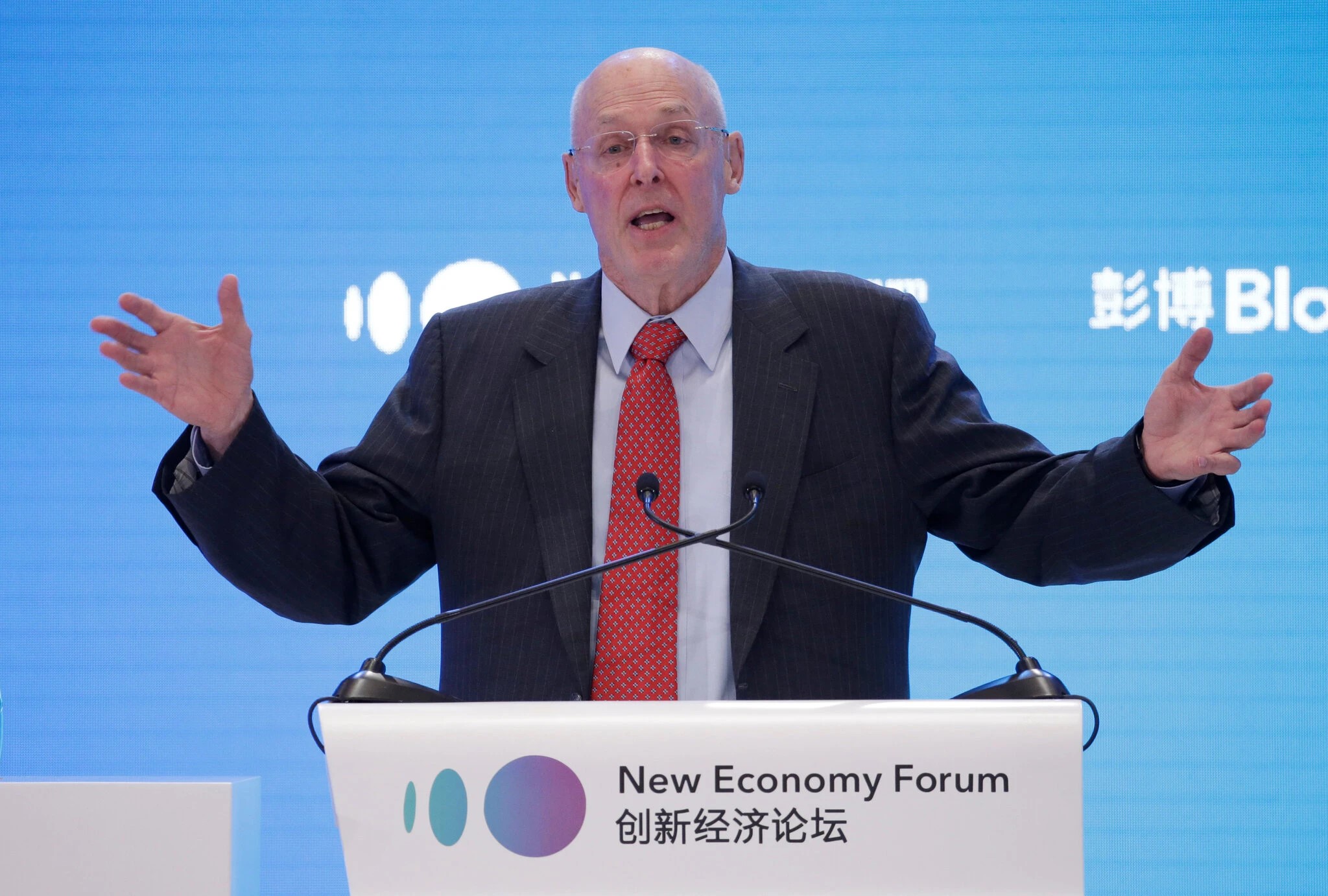Commercial solar is a tough business to dominate.
Compared to residential solar, commercial solar is much more fragmented — no single company commands a massive share of the market as do some of the larger residential solar installers.
Furthermore, the commercial solar value chain is more complex, with multiple entities involved from the early-stage developer to the final asset owner. These complexities have historically dragged down commercial solar development.
But by the end of 2017, many of the nation’s top commercial solar owners are expected to grow their installations and drive market concentration. As detailed in the new report Commercial Solar Asset Ownership: Landscape and Strategies, GTM Research shows that the top asset owners are expected to grow their 2017 installations by 68 percent, increasing their share of the market from 21 percent last year to 32 percent this year.
This growth suggests that asset owners are starting to turn a corner — they’re expanding their development capabilities, which could increase installation volumes and concentrate the market beyond 2017.
There are several reasons for optimism
Owners’ success to date has stemmed from a combination of two chief factors.
First, many national commercial solar owners are successful community solar developers, which is a rapidly growing segment of the commercial market. Asset owners like NextEra, NRG and Soltage have taken advantage of this growing market.
These projects match the scale they’re looking for (over 1 megawatt). Plus, these owners already have experience developing utility-scale solar projects. In 2017, all three of these owners are expected to more than double what they installed in 2016 due to the increase in community solar projects in their portfolios.
Second, asset owners are beginning to take on more early-stage development risk. And taking on this risk appears to be a winning bet. As the below graph shows, asset owners that typically self-develop their projects are expected to grow faster than owners that focus on acquiring mid-/late-stage pipeline.
Being involved in a project at earlier stages can have numerous benefits: reduced costs spent on developer fees, opportunities to streamline the lengthy development cycle, and savings on transaction costs, just to name a few.
Simply put, earlier involvement allows owners to “control their destiny” rather than relying on early-stage developers to originate desirable pipeline.
These attractive benefits have caused the whole industry to take notice. Most asset owners that aren’t already taking on earlier stages of development are rethinking their project origination strategies.
But there are still reasons to remain cautious
It sounds like a simple solution: Just become more vertically integrated and you’ll be on your way to more solar installations and increased market share.
However, early-stage development capabilities don’t come without a cost. They require increased fixed costs to pay for staff and overhead — a risky proposition in the feast-or-famine cycles of commercial solar. And early-stage development of commercial solar is a competitive business, requiring extensive knowledge of local and regional regulations, incentive structures and available sites.
Furthermore, customer-acquisition strategies for commercial solar have not evolved much. The most effective strategy is still to acquire customers through referral networks, which take time and effort to cultivate. Consequently, asset owners typically target the least risky customer and project types: projects over 1 megawatt with investment-grade customers. This ensures that projects are viable since the fixed costs for customer acquisition and due diligence are spread over a larger investment, and low-cost financing can be acquired easily for investment-grade offtakers.
While this is a logical response to the challenges of commercial solar development, it also limits the potential market. Asset owners report that the pipeline of low-risk projects outside of community solar is dwindling. Owners that have taken on earlier-stage development capabilities have been well positioned to capture market share through community solar development, but unless owners can find ways to lower their risk threshold for commercial solar customers, the market will remain limited.
This year as a turning point
There is clearly no silver bullet for the challenges that developers and owners face in the commercial solar industry. The nation’s top asset owners continue to wrestle with these challenges and weigh the inherent tradeoffs in the commercial solar value chain.
But there is reason to be optimistic. This year is the first when owning more steps in the value chain is correlated with growth, proving that these don’t have to be mutually exclusive. This could make 2017 a turning point.
If asset owners’ investments in early-stage development continue to speed up project timelines and lower transaction costs, they will drive market concentration. Given the last few years of tumultuous, policy-driven commercial solar demand, it’s encouraging that asset owners have also been driving growth through shifts in their value chain participation.




